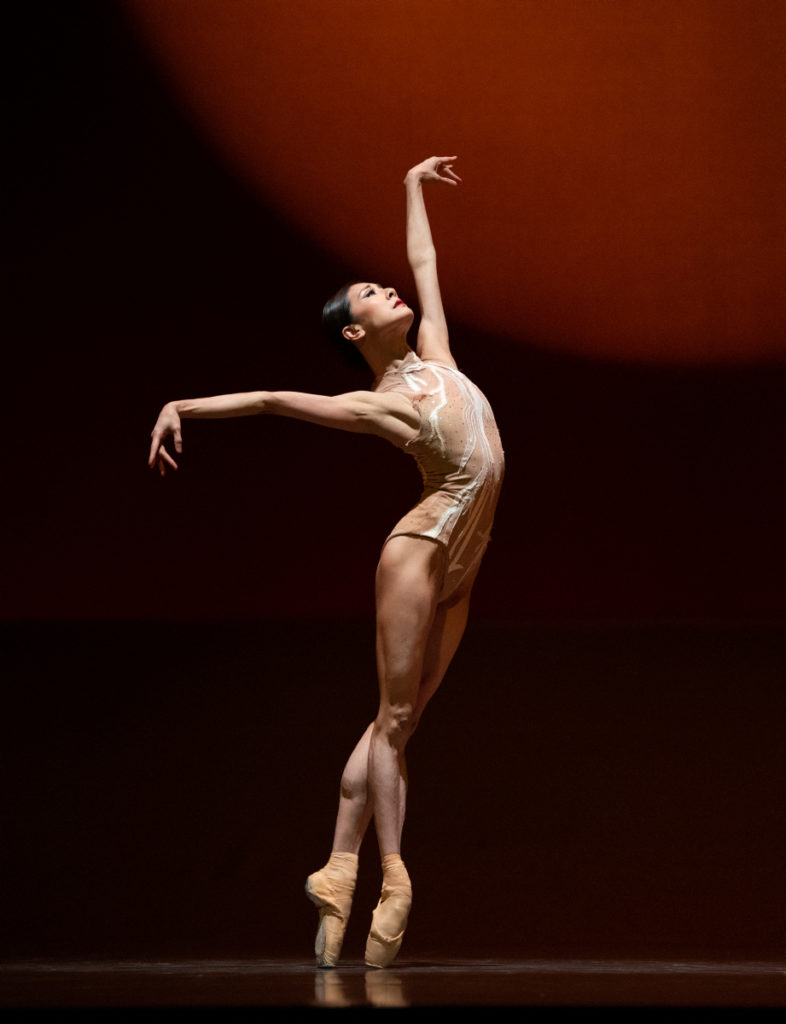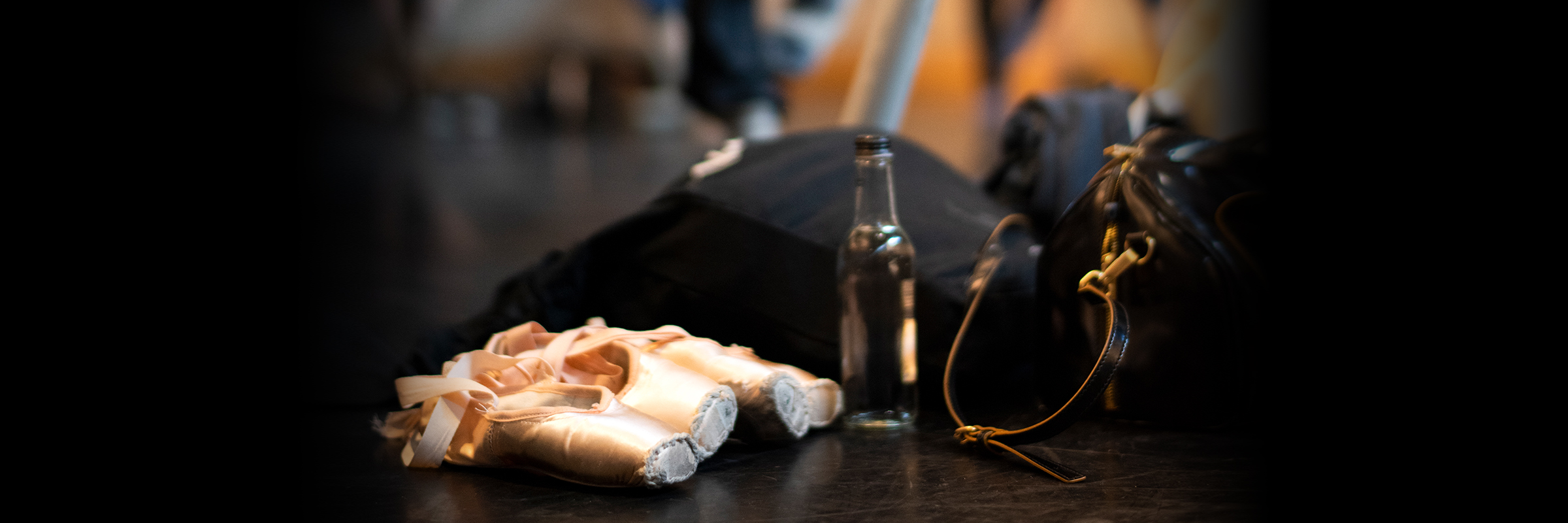Ballet Myth Busters
Episode 2: Highs and Lows
Balancing on their toes, spinning on one foot, and lifting another person into the air, ballet dancers are strong. They make all those pirouettes, relevés, and cabrioles look effortless. But the life of training and preparing to dazzle us with their athleticism and artistry on the Opera House stage is a mystery. How often do dancers get injured? And how long can a dancer keep dancing? This month, we’re debunking two more ballet myths.
MYTH: Your career is short.
FALSE. OK: when compared to most professions, ballet careers are short; most dancers retire in their thirties. But so do Olympic swimmers like Michael Phelps, basketball superstars like Yao Ming, and world record–holding sprinters like Usain Bolt. Like these athletes, ballet dancers train hard: on average, 6 hours a day, 6 days a week. There’s one important difference, though. “Ballet is not ‘seasonal,'” says Dr. Richard Gibbs, SF Ballet’s Supervising Physician. “Ballet dancers usually train for 50 weeks per year, even when they are not performing.” Over time, all of those leaps and lifts, plies and pas de deux are bound to catch up with you.
Yet, many SF Ballet dancers, both past and present, have proven that age is just a number. Katita Waldo and Jocelyn Vollmar both danced for 22 seasons with the Company, Evelyn Cisneros and Kristin Long for 23. This season, current Principal Dancer Yuan Yuan Tan celebrates her 25th season at SF Ballet.

MYTH: One injury and that’s it. Career over.
FALSE. When you do over three million lifts, turns, and jumps during a single season, injuries are going to happen occasionally. But thanks to Dr. Gibbs and his team of volunteer physicians and physical therapists, injuries are rarely career-ending. Especially at SF Ballet, which has the leading dancer wellness program in the US.
Just a floor down from the rehearsal studios is a fully equipped Dancer Wellness Center. Founded in 1991, this center is a dancer’s dream; it’s designed not only to treat injuries within minutes of them happening, but also to prevent them. Through the center, dancers have access to a physical therapy space, Pilates- and resistance-training equipment, and an ultrasound machine, and can access outside chiropractors, massage therapists, acupuncture, and gyrotonics, as well as nutritionists and counseling services.
“The companies I danced with [Hamburg Ballet, Royal Winnipeg Ballet, and First Chamber Dance Company] were identical to SF Ballet: large ballet companies performing a mixture of ballet classics and contemporary work,” says Dr. Gibbs. “By knowing the ways of ballet—being on pointe, turned out legs, the design of a rehearsal day—I was able to create the wellness program at SF Ballet that I didn’t have as a dancer. It’s what I would have liked to have had.”
Due to COVID-19, SF Ballet’s artists, staff, and supporting volunteers are facing a challenging new reality. Please help us maintain the people power necessary to bring you another season of world-renouned dance, music, and drama by donating to the San Francisco Ballet Critical Relief Fund: A campaign providing support for the workforce of San Francisco Ballet.
Header Image: San Francisco Ballet company class during tour in London // © Erik Tomasson








